Table of Content
The ambitious Delhi-Haryana-Rajasthan RRTS (Regional Rapid Transit System) project promises to address regional connectivity in northern India. Construction of the world-class transport corridor will begin in August of 2026 and is set to be completed by November of 2031. The project aims to provide a faster and more seamless transit experience for commuters traveling from Delhi to Haryana and from Delhi to Rajasthan.
Key Details About the Delhi-Haryana-Rajasthan RRTS Project
The Delhi-Haryana-Rajasthan RRTS corridor will be 102 kilometers long and run from Sarai Kale Khan in Delhi to Shahjahanpur-Behror in Rajasthan. The project will also connect important locations in Gurugram. The DPR (detailed project report) for the revised Delhi-Haryana-Rajasthan RRTS corridor has been prepared by the NCRTC (National Capital Region Transport Corporation) at an estimated cost of nearly ₹35,000 crore. The costs will be borne by the Government of India and the State Governments of Delhi, Haryana and Rajasthan.
Also Read: SC Confirms Property Shares Become Self-Acquired After Joint Family Partition
Revised Alignment and Key Changes
The project has undergone an overhaul to improve efficiency and connection. As per the new DPR, the Namo Bharat train is now proposed to run along the Delhi-Gurgaon Expressway, starting from Aerocity, verses the Old-Delhi Gurgaon road followed in previous alignment. Below are the highlights of the new alignment:
- Underground Alignment: From Aerocity, the train will travel overnight NH-48, with an important station planned for Cyber City.
- Elevated Alignment: The alignment will become elevated after Cyber City, travelling along the left-hand side of NH-48, and passing through important points of interest, for example Iffco Chowk and Signature Chowk.
Project Timeline and Phases
The construction of the Delhi-Haryana-Rajasthan RRTS will be executed in multiple phases. The revised DPR outlines a detailed timeline for the project:
- Consultant Selection: General consultants, responsible for project design and management, will be selected between December 2025 and May 2026.
- Land Acquisition: Land acquisition for the corridor will be completed between December 2025 and November 2027.
- Preliminary Investigation: Preliminary investigation and detailed designing will be conducted between December 2025 and November 2027.
- Construction of Elevated Structures: Major construction work will begin in August 2026 and is projected to conclude by August 2030.
Significance of the Delhi-Haryana-Rajasthan RRTS
The Delhi-Haryana-Rajasthan RRTS corridor is expected to revolutionize regional transportation by reducing travel time and easing congestion on existing roads. Key benefits of the project include:
- Enhanced Connectivity: Seamless travel between Delhi, Gurugram, and Rajasthan.
- Reduced Travel Time: Faster transit options for daily commuters and travelers.
- Economic Growth: Boost to regional development and economic activities.
- Sustainable Transit: Environmentally friendly transport system with reduced carbon emissions.
Also Read: N Saravana Kumar Takes Over as Vice Chairman of Delhi Development Authority
Conclusion
The Delhi-Haryana-Rajasthan RRTS project is a landmark project for modernization of transportation in India, and the construction will begin in August 2026. This ambitious corridor will bring about a transformation of how people travel across the National Capital Region and beyond. With improvements to connectivity, time savings, sustainable transit and many other benefits, the project will provide continued benefits to millions of commuters and spur regional development.
Continue to follow the progression of the Delhi-Haryana-Rajasthan RRTS over the coming years as it will usher in a more rapid transit era for northern India.
Follow AquireAcers Whatsapp Channel to Stay Updated With The Latest Real Estate News

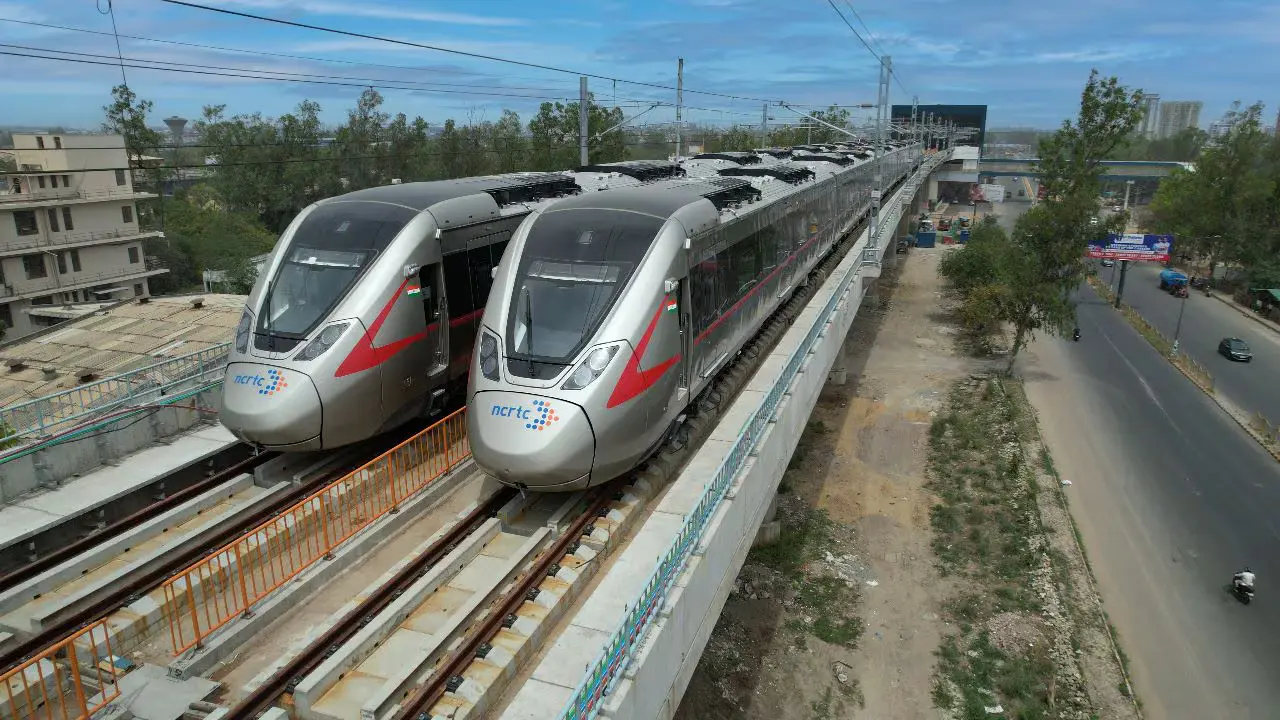
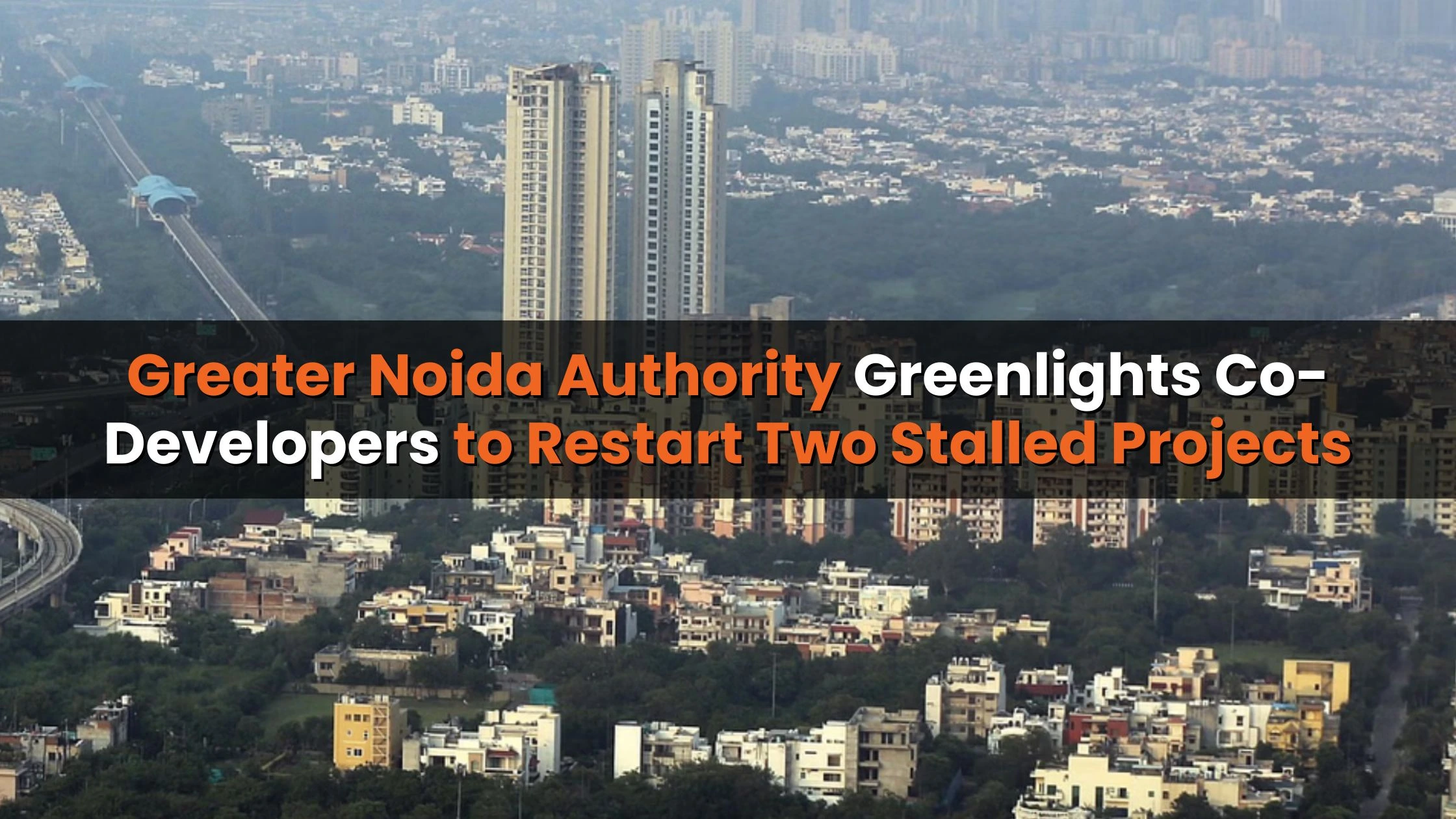
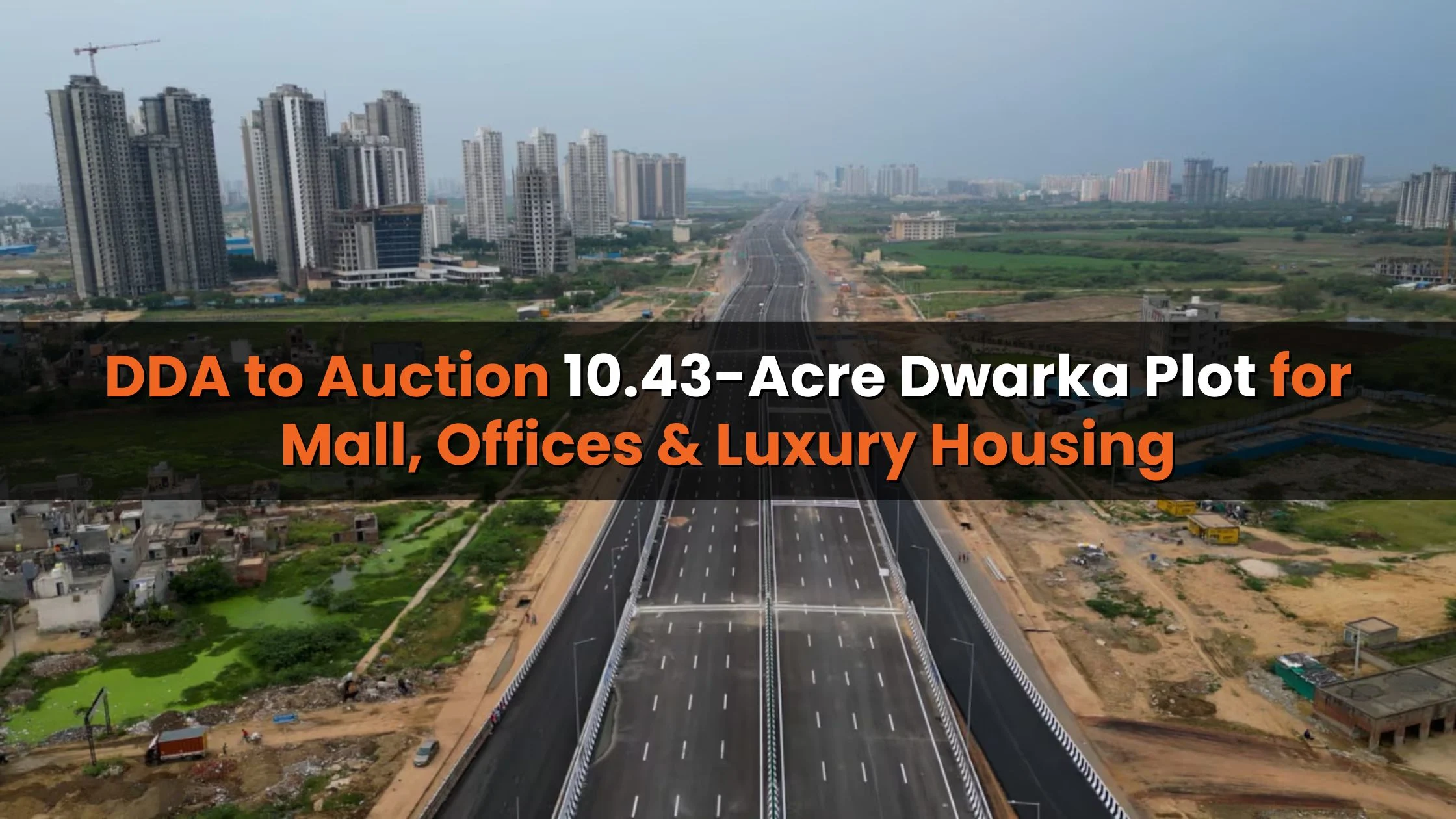
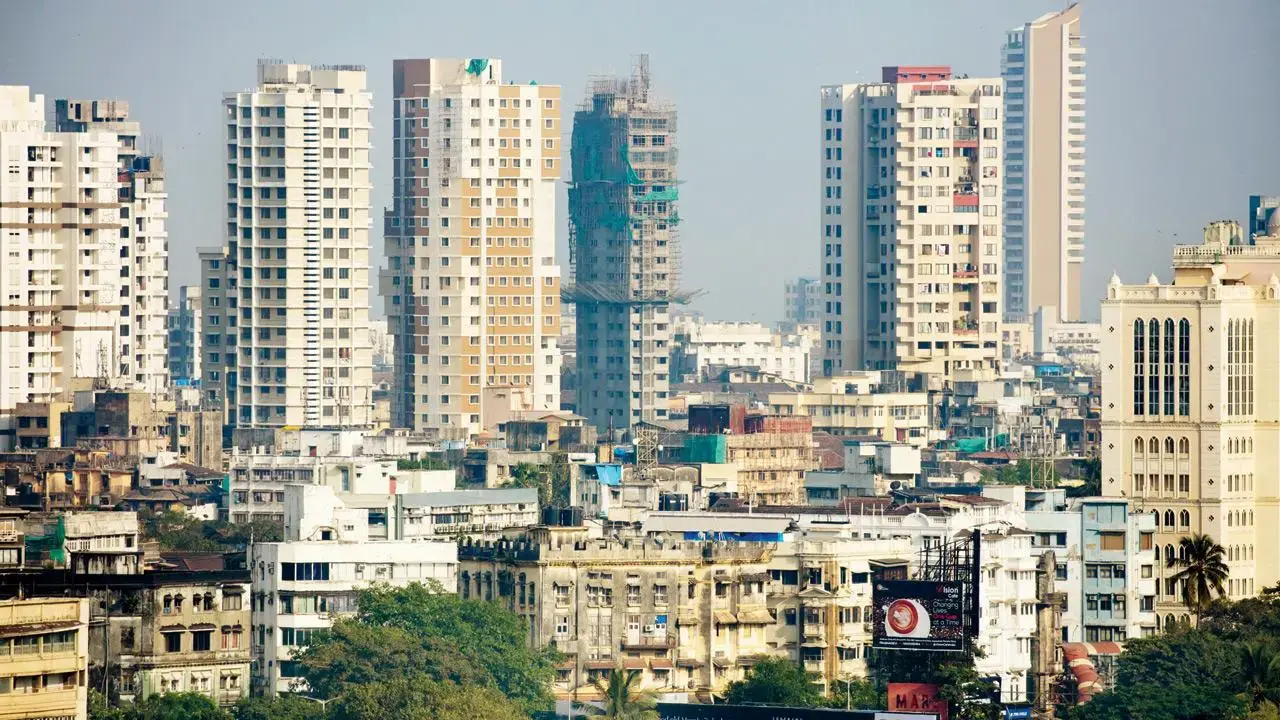
_1764657403.webp)

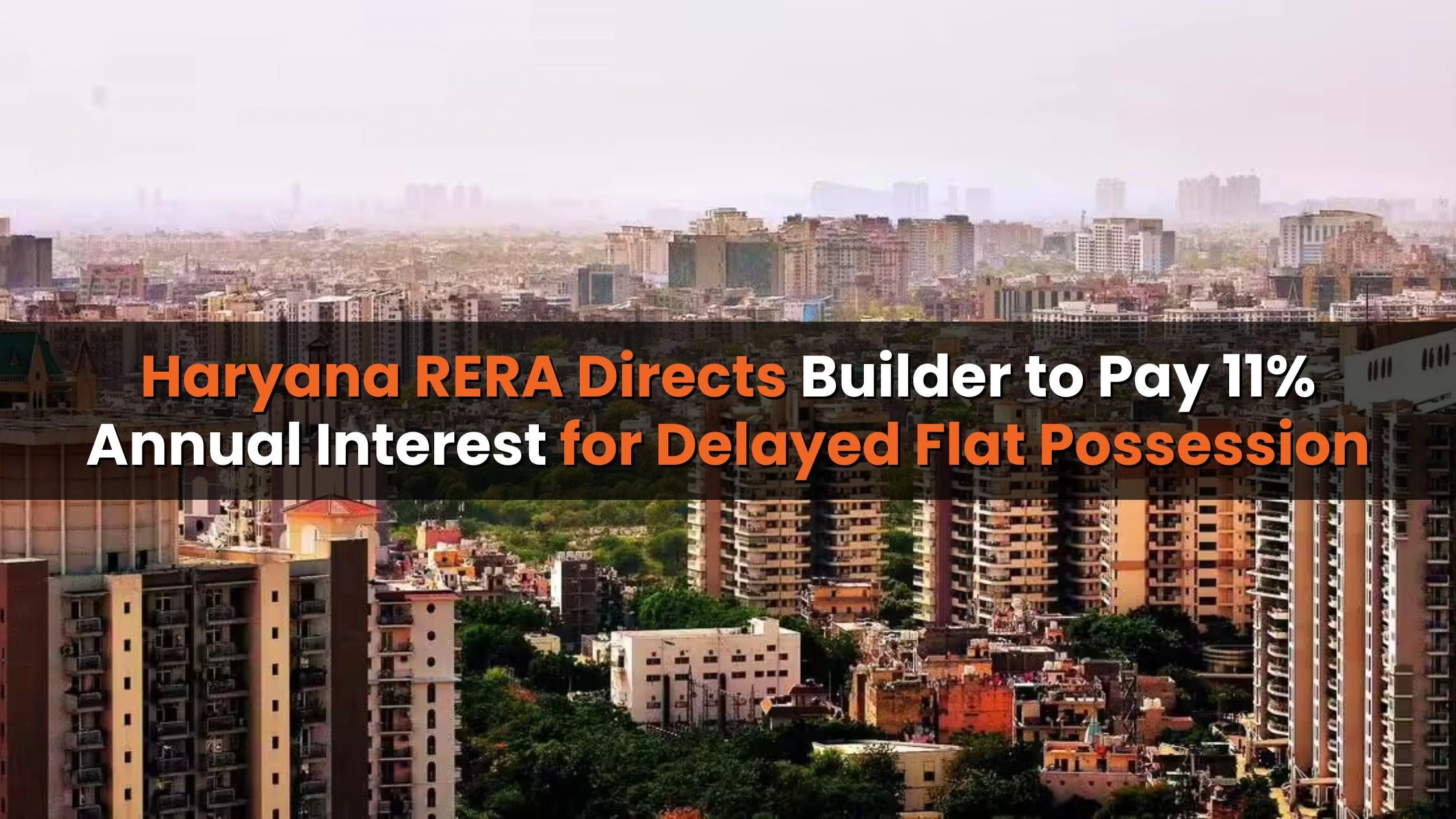
Ans 1. The Delhi-Haryana-Rajasthan RRTS is a high-speed Regional Rapid Transit System designed to improve regional connectivity between Delhi, Haryana, and Rajasthan, offering a faster and more efficient transportation solution.
Ans 2. Construction is set to begin in August 2026 and is expected to be completed by November 2031.
Ans 3. The corridor will span 102 kilometers, connecting Sarai Kale Khan in Delhi to Shahjahanpur-Behror in Rajasthan, with major stops in Gurugram.
Ans 4. The project is estimated to cost ₹35,000 crore, funded by the Government of India and the state governments of Delhi, Haryana, and Rajasthan.
Ans 5. The new alignment proposes the train to travel underground along NH-48 from Aerocity to Cyber City, after which it will become elevated along NH-48, passing important locations like Iffco Chowk and Signature Chowk.
Ans 6. The project will be executed in phases, including consultant selection (Dec 2025 - May 2026), land acquisition and preliminary investigations (Dec 2025 - Nov 2027), and major construction (Aug 2026 - Aug 2030).
Ans 7. The project will enhance connectivity, reduce travel time, and offer a sustainable, environmentally friendly transit option.
Ans 8. The RRTS is a sustainable transit solution that will reduce road congestion and lower carbon emissions, contributing to cleaner air and a greener environment.